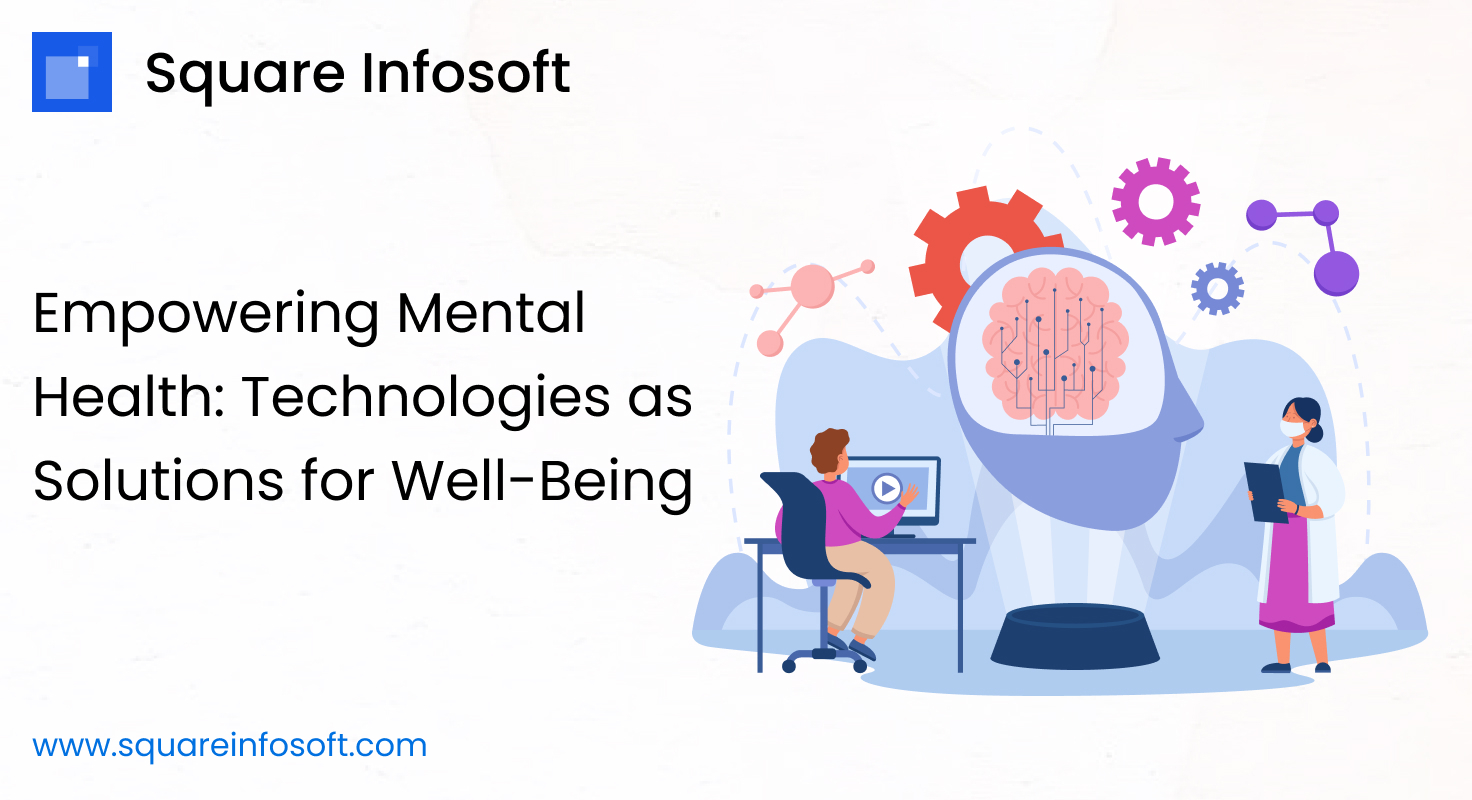Developing a story app involves creating a platform that allows users to read, share, and engage with various types of stories. Here’s a step-by-step guide to help you develop a story app:
1. Define Requirements:
a. Core Functionalities:
- Story Categories:
- Categorize stories into genres (e.g., fiction, non-fiction, fantasy).
- Allow users to explore stories by category.
- User Registration and Authentication:
- Secure user account creation.
- Social media login options.
- Reading Mode:
- Provide a comfortable reading environment with adjustable font sizes and background colors.
- Bookmark and Save Progress:
- Allow users to bookmark stories or save their progress.
- Sync progress across devices if applicable.
- Offline Reading:
- Enable users to download stories for offline reading.
- Author and Contributor Profiles:
- Include profiles for authors and contributors.
- Allow users to follow their favorite authors.
- User Interaction:
- Implement a commenting and rating system for each story.
- Enable users to like, share, or recommend stories.
b. Additional Features:
- Story Recommendations:
- Provide personalized story recommendations based on user preferences.
- User-generated Content:
- Allow users to submit their own stories or contribute to existing ones.
- Dark Mode:
- Implement a dark mode for comfortable reading in low-light conditions.
- Search and Filters:
- Include a search bar and filters for users to find specific stories.
- In-app Purchases:
- Offer premium or exclusive content through in-app purchases or a subscription model.
2. Choose Development Platform:
a. Select a Platform:
3. Set Up Development Environment:
a. Install Development Tools:
- Xcode (for iOS).
- Android Studio (for Android).
- IDEs for cross-platform development if applicable.
b. Set Up Accounts:
- Developer accounts on Apple App Store and Google Play Store.
4. Design User Interface (UI):
a. Create Wireframes:
- Plan the app’s layout, focusing on readability and user engagement.
b. Design UI/UX:
- Use design tools (Sketch, Figma) for an aesthetically pleasing and user-friendly interface.
5. Implement User Authentication:
- Integrate a secure authentication system (e.g., OAuth, Firebase Authentication).
6. Story Categories:
- Populate the app with a variety of stories across different genres.
7. Reading Mode:
- Implement a comfortable reading environment with customizable settings.
8. Bookmark and Save Progress:
- Allow users to bookmark stories and save their reading progress.
9. Offline Reading:
- Enable users to download stories for offline access.
10. Author and Contributor Profiles:
- Create profiles for authors and contributors, including bios and social media links.
11. User Interaction:
- Implement features for users to comment, rate, like, and share stories.
12. Story Recommendations:
- Implement a recommendation engine based on user preferences and reading history.
13. User-generated Content:
- If applicable, provide a system for users to submit their stories or contribute to existing ones.
14. Dark Mode:
- Include a dark mode for comfortable reading in low-light conditions.
15. Search and Filters:
- Implement a search bar and filters for users to find specific stories.
16. In-app Purchases:
- If offering premium content, set up in-app purchase options or a subscription model.
17. Test the App:
- Conduct thorough testing, including usability and performance testing.
18. Security:
- If collecting user data, ensure data protection measures are in place.
19. Publish the App:
- Submit the app to the App Store and Google Play Store.
20. Update and Maintain:
- Regularly update the app with new stories, features, and bug fixes.
21. Compliance:
- Ensure compliance with relevant app store guidelines and data protection laws.
Regularly updating the app with fresh content, engaging features, and addressing user feedback will contribute to a positive user experience and the overall success of your story app.




